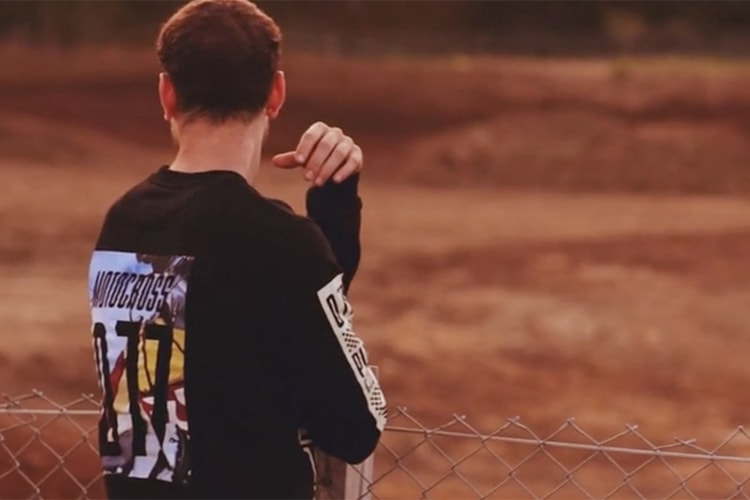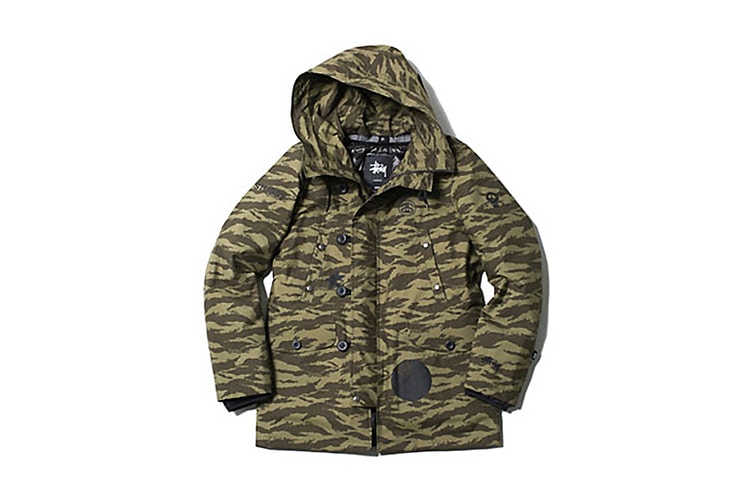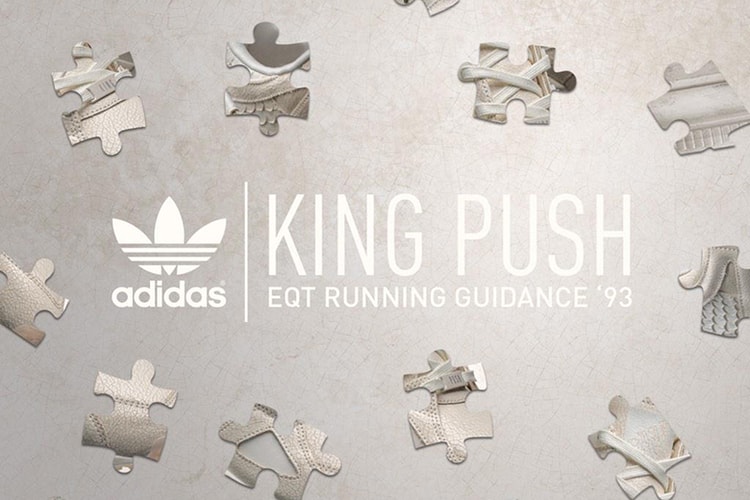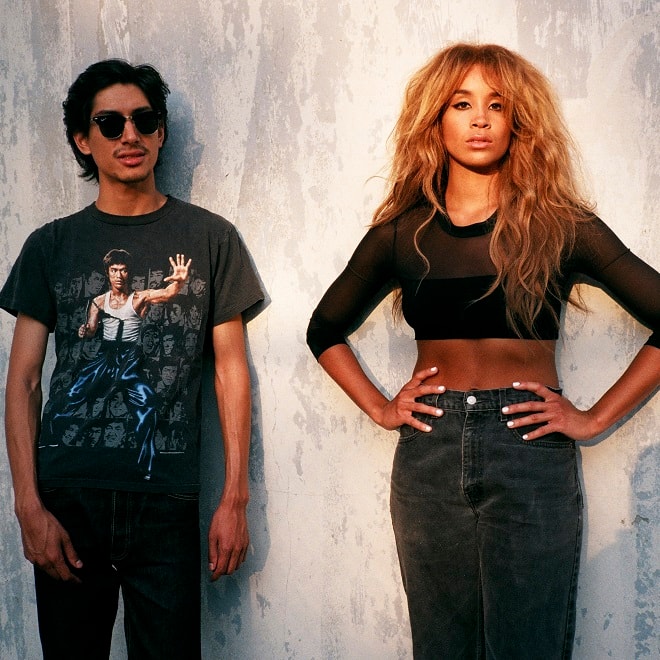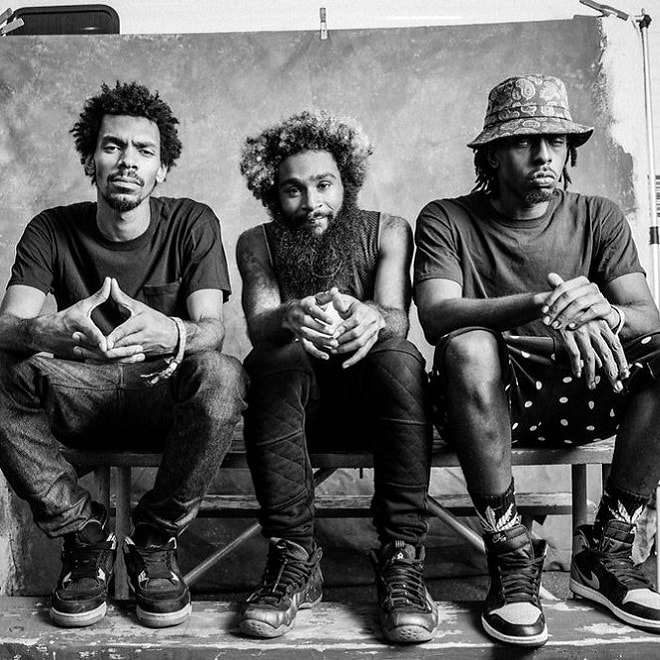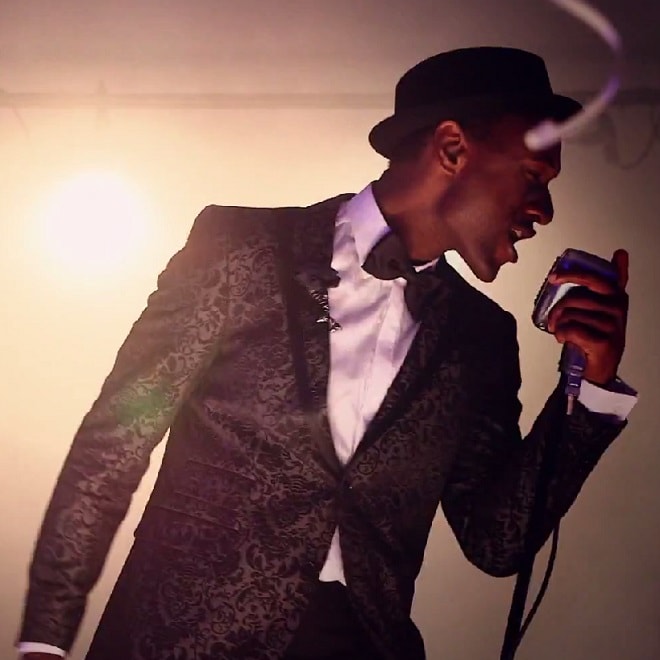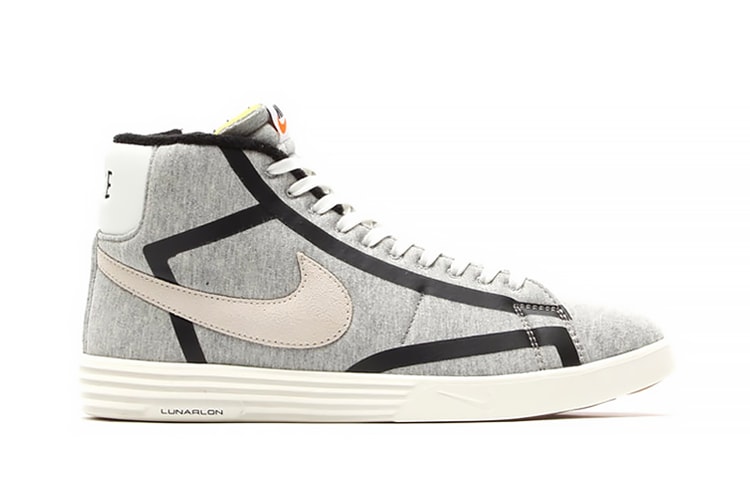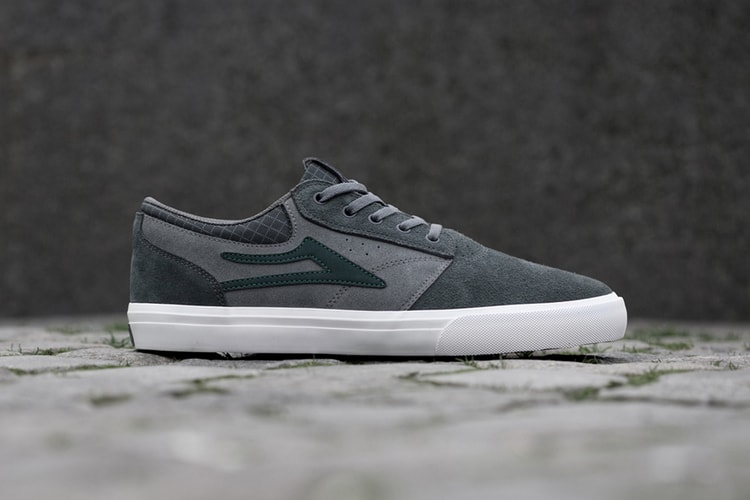Tinker Hatfield - It's All About Experience
Many mentors will tell you that experience is the key factor in development. For Tinker Hatfield,

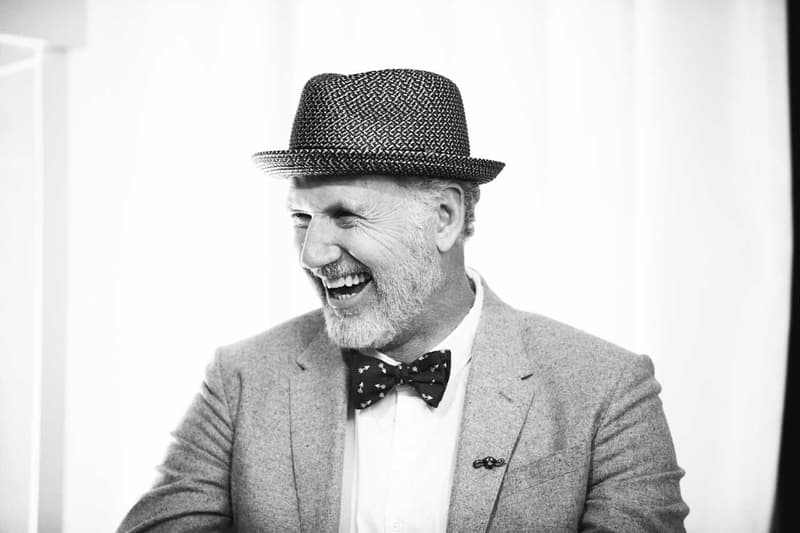
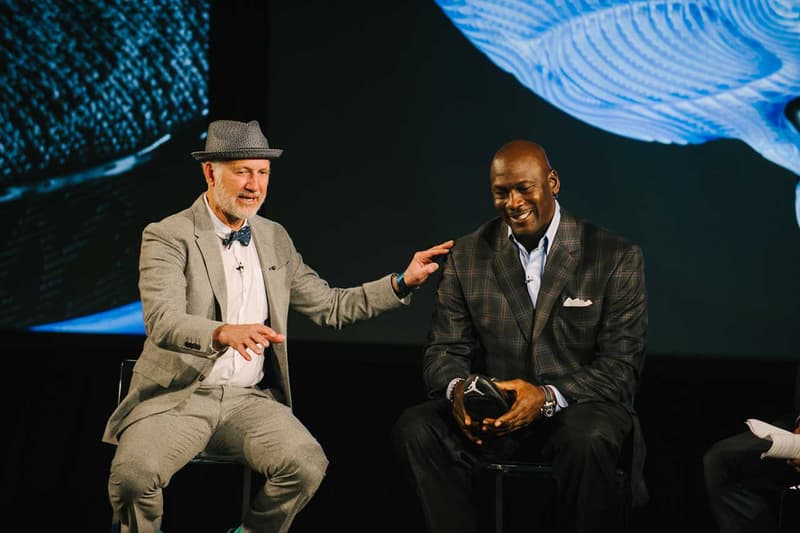


Many mentors will tell you that experience is the key factor in development. For Tinker Hatfield, this couldn’t be more true, and it is the ethos by which he lives. Having been a part of the Nike family since 1981, Hatfield has designed over a decade’s worth of Air Jordans, and other ground-breaking sneakers such as the Nike Air Trainer, the Nike Air Max 1 and the Nike Air Flight Huarache, to name a few. He also heads the brand’s “Innovation Kitchen” – the think tank for future Nike products – and is the current Vice President for Design and Special Projects. These are mere highlights from a large list of successes Hatfield has accomplished, all thanks to his unique outlook of reflecting back on his past for self assurance, development in skill and to ultimately get to where he’s at today.

“I have this philosophy that every time I draw something or sit down to try and design, whatever I do is a culmination of everything that I have seen, done and experienced in my life before that point in time.”
Upon meeting the man who sits alongside Michael Jordan as both a close friend and colleague, we’re quick to discover how easy-natured he is as we delve into what makes him a great designer. “I have this philosophy that every time I draw something or sit down to try and design, whatever I do is a culmination of everything that I have seen, done and experienced in my life before that point in time.” What we’d like to know, however, is how he utilizes that experience to create. How do we think like Tinker Hatfield? To find out, we asked how he starts his work day. “I’m not really an early riser, but when I do get up, I get on a skateboard first – I have a longboard – and skate to my favorite coffee shop. It’s a good way to wake up for me because I start the day with something physical, then I get my cappuccino, and when I get back from that, I feel like I’m ready to roll.”
Not everyone has the luxury of being able to skate to and from work every morning, but it’s certainly a position we wouldn’t mind being in. It wasn’t always an easy ride for Hatfield, who studied Architecture – a subject not known for its easy curriculum. However, with degree in tow, he managed to rise to a position that now allows him to work by his own means and on his own schedule. “I pretty much don’t have a boss so I can pick and choose my schedule pretty well. I mean I have a lot of meetings to go to but for most of the time I’m trying to balance the meetings with the creative side of design.”
And to better understand how he approaches that side of creativity, we asked him about the initial mental steps he takes when looking at a blank canvas. If we were to design like Tinker Hatfield, or in any way remotely like him, what tools would we need to start with? Apparently it all comes down to the same answer: experience. This then begs the question, what kind of experience? Are we to look at past works specifically? What about exploration through conversation? Or perhaps lessons learned while working with peers? For Hatfield, it’s all of the above and then some. “When I draw or design, I’m really pulling things up that I have experienced, including interactions with Michael Jordan, watching him play, and I can remember all that stuff but I also have had conversations with him more recently and those things all come into play when I sit down and design a new pair of Air Jordans for example. And it’s true with just about any other shoe or design project. I mean, I also practice architecture so all of that is kind of the same process for me, so I draw from everything and everywhere.”

“I think that a lot of young people need to get out and do different things, see different places. Talk to people from all over the world and not just in your own neighborhood, and then your designs are much richer and more interesting.”
Having conversations with Jordan and being able to watch him in action is pretty inspirational, but how did Hatfield develop himself to be able to work on something as culturally relevant as the Air Jordan? “I think that what has helped me is that… well you have to have some talent I guess, and some drive… but you have to experience a lot. I think that a lot of young people need to get out and do different things, see different places. Talk to people from all over the world and not just in your own neighborhood, and then your designs are much richer and more interesting. I think that I have been fortunate to have had a lot of those experiences.”
Experience normally implies having learned from both success and failure, and the confidence that comes with that can play a significant or detrimental role in the working world. So how does someone carrying the weight of Nike tackle challenges and conflict without losing momentum? “It’s a case by case kind of thing, but basically I’ve got a lot of confidence that my perspective is a good one which is based on positive experiences and past success.” This development in his ability to make decisions and stand behind them puts Hatfield in a leading position, one that has him working alongside legends. “In most cases I tend to be the project leader, and in a big company there are lots of people who want to make decisions and direct the creative aspect. With Michael [Jordan], I’ve always felt that if he likes it and I like it, then we’re doing it. It’s a quicker way to make decisions but obviously you have to have experience and confidence before you can do this. I try to approach things this way and I don’t mess around.”

“You can be anyone that you want to be but if you want to move on in your career, I think you need to work at being skilled. You need to develop your skill, work at it, and practice it over and over.”
As obvious as it seems that growth comes from accomplishments and failures both professionally and personally, for Hatfield, it’s a lesson that shouldn’t be taken for granted, and certainly something that can’t be faked. “I don’t think you can be falsely confident, I think it has to be real. I feel pretty good about the foundation from our previous projects and the weird experiences you get from travelling around the world and working with a lot of interesting people. It all adds to that confidence level.”
So when we asked Tinker Hatfield what lesson he would like to share with those who aspire to ‘get on his level,’ he elaborated on what he’s been reiterating this whole time without saying the word “experience” for the hundredth time. “You can be anyone that you want to be but if you want to move on in your career, I think you need to work at being skilled. You need to develop your skill, work at it, and practice it over and over. The same applies if you’re an athlete. Also, you can’t be afraid to make mistakes because hopefully you’ll learn from those mistakes and get somewhere that way.”
The above article is featured in HYPEBEAST Magazine Issue 8: The Perspective Issue, available at select stockists worldwide.







